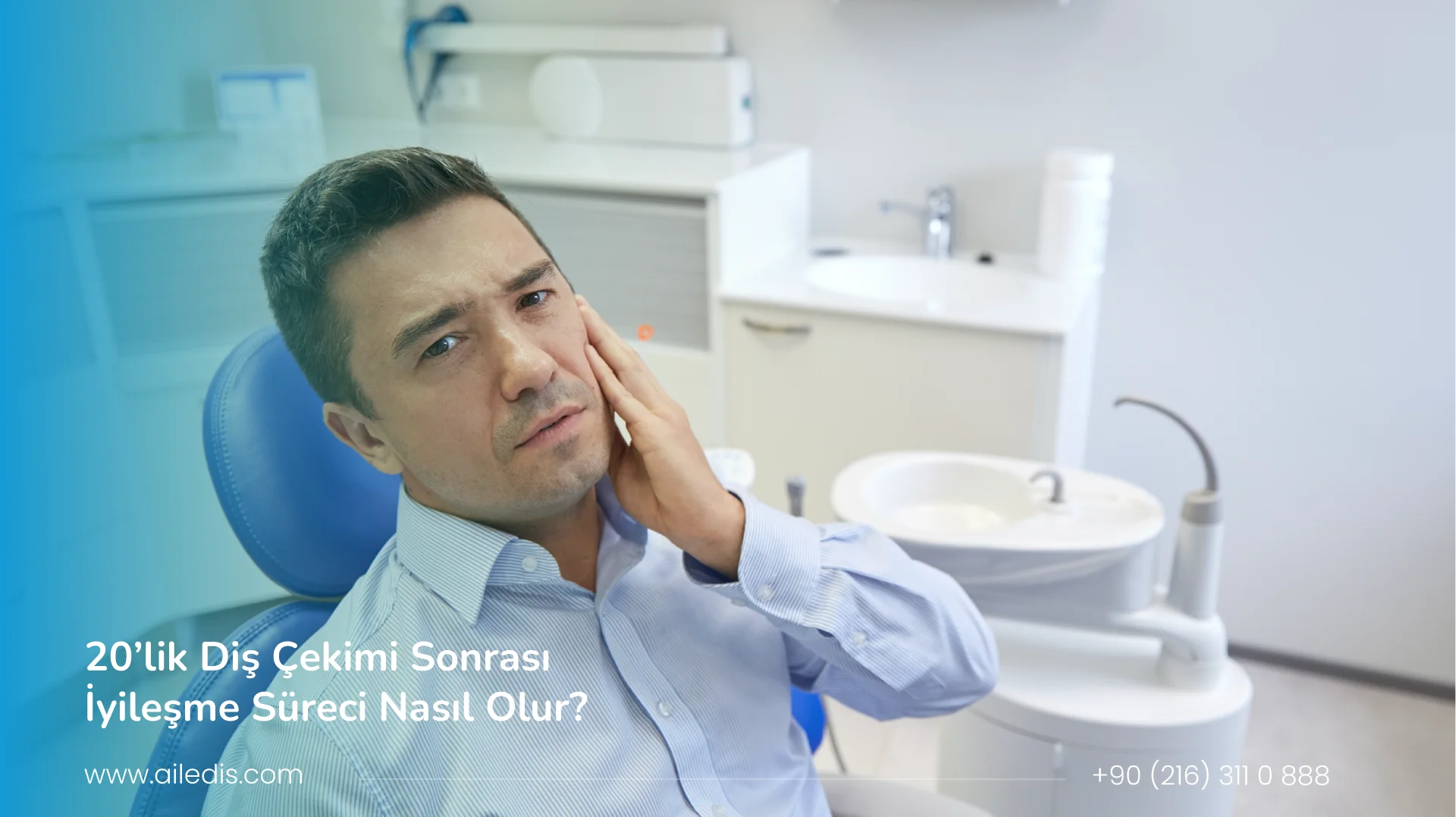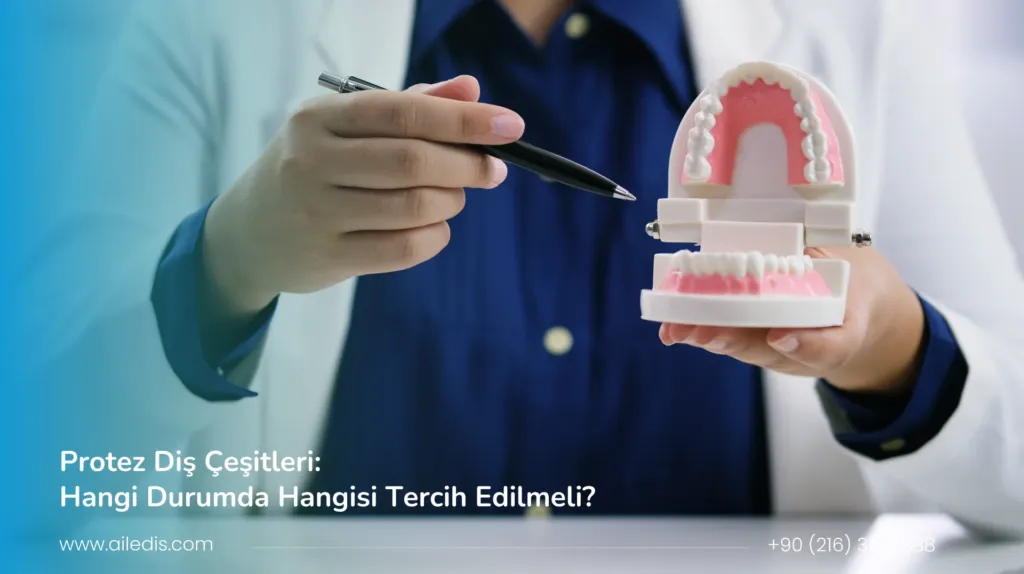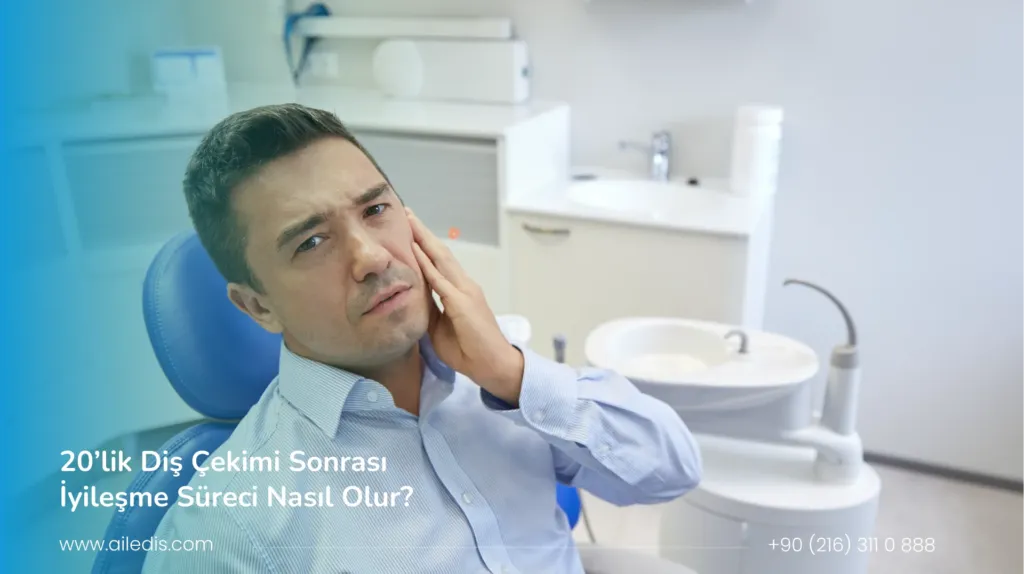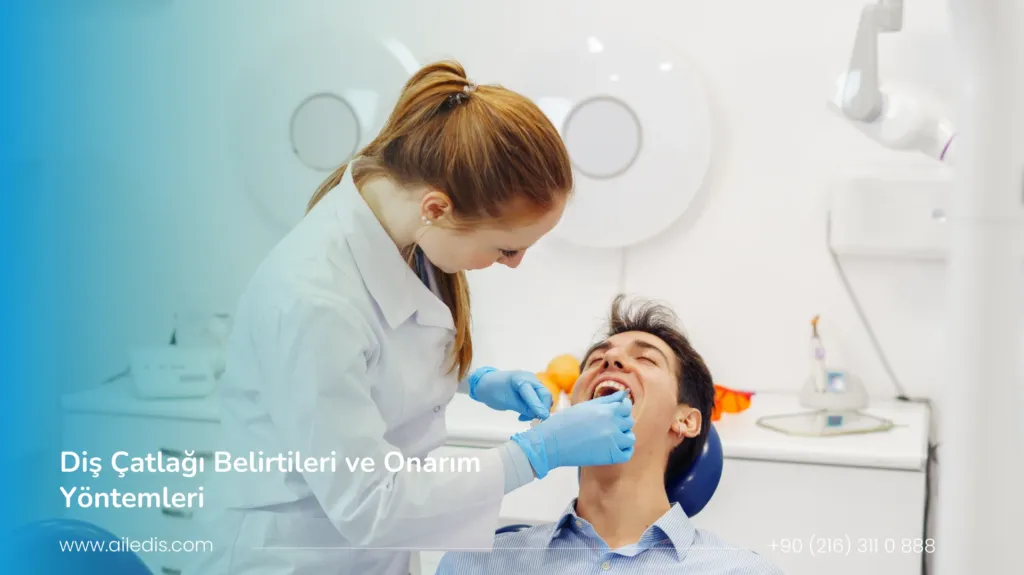Teeth of 20 are teeth that emerge at the last stage of mouth and jaw development and often need to be extracted. Surgical attraction may become inevitable, especially in cases such as jaw stenosis or burial of the tooth.
PRIVATE FAMILY DENTAL CLINIC We aim to provide our patients with a comfortable experience during the recovery process after 20 tooth extraction.
In this article, after shooting Bleeding, swelling, pain and nutrition will deal with common situations such as; We will share our suggestions that accelerate recovery.
First 24 hours after tooth extraction: bleeding and clot formation
After 20 tooth extraction The first 24 hours are the most sensitive period for bleeding and clot formation. It is normal to see blood in the extraction area during this process, but if there is prolonged or excessive bleeding PRIVATE FAMILY DENTAL CLINIC should be contacted.
Correct formation of the clot is of great importance in terms of closure of the wound and reducing the risk of inflammation.
In order to support healing, it is necessary to keep the head upright, avoid sudden movements and take time to rest. To rinse the mouth or spit may cause the clot to dislodge. To control bleeding, light pressure should be applied with gauze for about 30 minutes.
| Things to pay attention | Explanation |
|---|---|
| head position | The head should be slightly above the head, not in a supine position. |
| gauze application | Constant pressure should be done for 30 minutes, not constantly checked |
| Mouth movement | Excessive shaking or spitting should be avoided |
| Bleeding Time | Clinic should be applied for bleeding exceeding 24 hours. |
Important tips for clot protection
The protection of the clot forms the basis of healing after 20 tooth extraction. If the clot is broken, the healing of the wound will be delayed and complications such as dry sockets may occur. For this reason, the mouth area should not be intervened during the first 24 hours.
Hot drinks, harsh foods or smoking can cause the clot to break down. During this period, eating soft foods, drinking plenty of fluids and resting support the healing process.
Things to do:
- Consume warm, soft and liquid-heavy foods.
- Drink plenty of water and avoid dry mouth.
- Keep your head high, you can use double pillows while you sleep.
- Take time to rest several times a day.
Things to avoid:
- Consuming hot food or drinks.
- Smoking or drinking alcohol.
- Drinking a drink with a pipette (produces vacuum effect).
- Chewing hard and crusty food.
Gauze use and pressure application recommendations
Gauze is the safest method to control bleeding and support clot formation. After tooth extraction, it is necessary to keep the gauze placed by the physician stable for about 30 minutes.
During this time, it is important that the gland is not constantly removed and checked. When clot formation begins, the gland can be gently removed. If bleeding continues, the same process should be repeated using a new gauze.
| Application step | Explanation |
|---|---|
| First Printing Time | It should be kept constant for 30 minutes |
| Renewal Status | If bleeding continues, pressure should be applied with a new cloth. |
| pressure intensity | Excessive force should not be applied, it should be steady and gentle |
| after | The area should not be touched, tongue contact should be avoided for control |
In this process, touching the toothed area, using dental floss or rinsing with a mouthwash can also cause the clot to dislodge.
Things not to do to prevent premature deterioration of the clot
One of the most common mistakes during the recovery period is the premature deterioration of the clot. When the clot disappears, healing slows down and a painful condition may appear “dry sockets”.
Spitting, gargling for the first 24 hours, or drinking a straw increases this risk. Also very hot or spicy foods can also irritate the area.
Clot protection recommendations:
- Do not touch the shooting area with the tongue or fingers.
- Consume hot foods after they have cooled.
- On the first day, brush your teeth only in other areas.
- After 48 hours, you can gargle gently with warm salted water.
In the family dental polyclinic, personal care recommendations are given to the patients in the post-shooting process, and a special plan is created for the protection of the clot.
How long does swelling and pain last after 20 tooth extractions?
Swelling and pain are the most common symptoms after tooth extraction. It usually reaches its maximum level within the first 2-3 days and then begins to decrease.
Although the pain varies from person to person, a significant relief is felt within 4-5 days on average.
The swelling begins to regress after the 3rd day.
To reduce pain:
- Use the painkillers recommended by the doctor regularly.
- Do regular ice application in the first 48 hours.
- Avoid excessive chewing or speech movements.
- Keep your head high while you sleep.
| Symptom | Duration (average) | Maintenance Method |
|---|---|---|
| Pain | 1–5 days | Doctor recommended drugs, cold compress |
| Swelling | 2–4 days | Ice application, rest |
| bruise | 3–7 days | Light hot compress (after 48 hours) |
Swelling management with ice application
Ice application is one of the most effective methods to control swelling and pain after shooting. During the first 48 hours, ice compresses should be applied to the area at intervals of 15-20 minutes.
It is necessary to wrap the ice in a thin towel so that it does not directly touch the skin. This method both reduces edema and helps tissues recover faster.
Implementation plan:
- First 2 days: 15–20 minutes of cold compress, rest for 20 minutes in between.
- After the 3rd day: support circulation with warm compresses if necessary.
- Keep the face position steady during the compress, do not apply pressure.
Severe pain and signs of infection
Severe pain, bad smell, fever or swelling after tooth extraction can be a sign of infection.
In this case, without wasting time PRIVATE FAMILY DENTAL CLINIC‘What should be applied.
Symptoms of infection usually occur as a result of improper care, premature deterioration of the clot or insufficient cleaning of the area.
| Symptom | Possible cause | what to do |
|---|---|---|
| Intense pain and throbbing | Deterioration of the clot, dry socket | Contact the clinic, check |
| fever and weakness | onset of infection | Drug treatment under the supervision of a physician |
| Bad taste and smell | Lack of oral hygiene | Cleaning and inspection with warm salt water |
| swelling increase | tissue inflammation | Ice application, doctor’s guidance |
Nutrition and oral care recommendations after 20-year-old tooth extraction
To speed up the healing process after 20’s of tooth extraction Nutrition and Oral Care is of great importance.
During the first few days, soft foods should be preferred, oral hygiene should be taken care of. This period is a sensitive process in which the formation of clots in the gums and regeneration of tissues take place.
PRIVATE FAMILY DENTAL CLINIC Experts emphasize that wrong habits made during this period can delay healing.
The following table summarizes the main points to be considered after shooting:
| Process | THINGS TO DO | Things to avoid |
| first 24 hours | Consume soft foods, rest. | Spitting, mouthwash, pipette use |
| 2–3. Day | Prefer foods such as warm soup, yogurt, puree. | Hot drinks, hard foods |
| first week | Gentle brushing, light gargling with salt water. | carbonated drinks, alcohol, cigarettes |
Nutrition recommendations with soft foods
After tooth extraction Soft and easy to swallow Consuming foods is the right choice in terms of both comfort and recovery.
early days Custard, yogurt, soup, mashed, boiled potatoes foods such as
These foods do not create pressure in the mouth and do not harm the attraction area. It is necessary to stay away from acidic, hard or sticky foods; Because such foods can cause the clot to dislodge.
Risks of spitting and pipette use
for the first 24 hours The use of spitting, gargling and pipettes is definitely not recommended.
Such movements are due to the negative pressure in the mouth. Deterioration of the clot (dry socket formation) can lead.
Instead of spitting out the blood puddle in your mouth, Lightly pressing with gauze You can control bleeding.
Drinking directly from the glass while drinking fluids is the safest method.
Rules for brushing teeth and mouthwash in the first days
post-shooting Brushing teeth should be avoided for the first 24 hours.
Brushing during this period may cause the clot to dislodge and the bleeding to begin again.
From the second day, without touching the shooting zone You can gently brush your teeth.
Light gargling with salt water helps to clear tissues; But while gargle Strong swinging movements in the mouth should be avoided.
Sewing and drug use after 20’s of tooth extraction
In some 20 tooth extractions, sutures may be required to support healing.
Removal time of stitches is usually 7–10 days varies between. Your dentist follows this process and plans the necessary controls.
Also, Antibiotics and painkillersIt is important to prevent the risk of infection and control pain.
Drugs only The dose and time specified by the doctor should be used.
Antibiotic indications and duration of use
Antibiotic treatment, usually 3 to 7 days lasts between.
These drugs become mandatory to reduce the risk of infection in patients with a weak immune system, systemic diseases, or complicated shooting.
Regular intake of drugs accelerates recovery and reduces the risk of complications.
Even if you feel well, you should not quit the antibiotic before the treatment period is complete.
Pain Relief Usage Protocol
Mild or moderate pain can be seen for the first 1-2 days after 20 tooth extraction.
Pain relievers recommended by the doctor during this period (for example, ibuprofen or paracetamol) should be used at regular intervals.
Pain relievers should not be taken more than the specified dose.
If you pain If it takes longer than 5 days or if it gets severe, your dentist should be contacted.
Retrieval time and control appointments
Removal of stitches is usually 1 week – 10 days takes place in.
This time may vary depending on the tissue healing rate and the type of procedure performed.
Control appointments, as well as the removal of the seam Evaluation of the general condition of the recovery It is also important for.
If necessary, the duration of antibiotics can be extended or regional care recommendations can be updated.
Reducing the risk of dry socket (Dry Socket) after 20 tooth extraction
The dry socket is formed by the sliding of the clot after the tooth extraction. This condition negatively affects the healing process and can cause severe pain. To protect the clot, it is important not to smoke and to avoid intense physical activities.
You should also avoid hot foods and drinks in the first days. Not using a pipette while taking water also helps prevent the loss of the clot. Being careful, it significantly reduces the risk of dry sockets.
How to detect dry socket symptoms?
Dry socket is a complication after tooth extraction. Symptoms usually appear on the second day. In this case, intense pain is felt in the cavity, and this pain can radiate to the ear or jaw.
A bad smell or taste is also observed in the area where the tooth is extracted. Also, it is necessary to suspect the presence of dry sockets in the absence of blood clots in the wound. If you experience one of these symptoms, you should contact your dentist immediately.
Methods for dry socket treatment
The area is usually cleaned as the first step in dry socket treatment. Your dentist gently removes infected tissues, making the area sterile. Then, filling can be made with an antiseptic substance to promote the formation of the clot.
In some cases, local anesthesia may be administered to relieve pain. In addition, special drugs recommended by the physician can also be included in the treatment process. Thanks to these methods, the healing process accelerates and the discomfort is reduced.
Protective steps to prevent clot loss
The first 24 hours are very important to prevent clot loss. During this time, you can reduce blood flow by keeping your head high. Using an extra pillow while lying down is useful.
Also, you should avoid rinsing your mouth to prevent the clot from breaking down. Not eating hard foods and not smoking are critical steps. The act of spitting can move the clot; Therefore, you have to be careful.
The effect of smoking and alcohol after 20-year-old tooth extraction
Smoking during the healing process after 20 tooth extraction can negatively affect clot formation. Nicotine reduces blood flow, which causes wounds to heal late. Also, cigarette smoke can increase the risk of infection in the mouth.
Alcohol consumption is similarly harmful. Alcohol weakens the body’s immune system and reduces resistance to infections. Avoiding alcohol consumption during the recovery period will be the healthiest choice.
The negative effect of smoking on the clot
Smoking is an important factor that negatively affects the recovery process after tooth extraction. Nicotine narrows the blood vessels, complicating the formation of clots, which increases the risk of bleeding.
In addition, harmful substances in cigarette smoke increase the risk of infection. Not smoking during recovery helps maintain a healthy clot and reduces complications. Therefore, it is of great importance to avoid smoking after tooth extraction.
The risk of alcohol slowing down recovery
Alcohol can negatively affect the healing process after 20 tooth extraction. The body reduces the functions of the immune system during alcohol consumption. This can increase the risk of infection and delay the closure of wounds.
Also, alcohol increases the risk of bleeding by dilating blood vessels. It disrupts the formation of clots and makes healing even more difficult. Therefore, it is recommended to avoid alcohol for at least a few days after tooth extraction.
Control and follow-up process after 20 tooth extraction
Regular controls after 20 tooth extraction are the most important parts of the healing process. The first check is usually done within a week. This appointment is critical to assess the clot condition and the healing of sutures.
Long-term follow-up is carried out in order to reduce the risk of infection and protect dental health. The condition of the jaw structure is reviewed with x-ray controls. Your private family dentist will make special recommendations for you during this process.
When should the first check be done?
The first control after 20 tooth extraction should usually be done within 7-10 days. This period is important for the evaluation of the healing process. Your dentist will check the condition of the sutures and the location of the clot and determine if there are any complications.
If pain or swelling is more than expected, you may need to put your appointment forward. With early intervention, you can prevent possible problems. Remember that regular follow-up is critical for a healthy recovery process.
Long-term recovery tracking and X-ray controls
The long-term recovery process after 20 tooth extraction should be supported by regular control appointments. Your dentist will examine you periodically to assess how the recovery is going.
X-ray controls are also an important step. These imaging methods are useful in terms of observing the internal structure of the jaw and the condition of the clot. Thus, possible complications can be detected in a timely manner and necessary precautions can be taken.
Follow-up protocol of private family dental specialists
Private family dental specialistsIt plays an important role in ensuring that the healing process progresses safely and healthily after 20 tooth extraction. Usually the first check should be done within a few days after shooting. Your specialist evaluates the pain and observes the signs of infection.
long-term follow-up processes are also vital. X-ray controls may be required to ensure that the healing is going right. These appointments help early detection of possible complications.
In addition, private family dentists closely monitor the patient’s oral health by making regular evaluations. Remember that it is always beneficial to stay in contact with your doctor during this process; Thus, you can find answers to your questions and get directions when necessary.

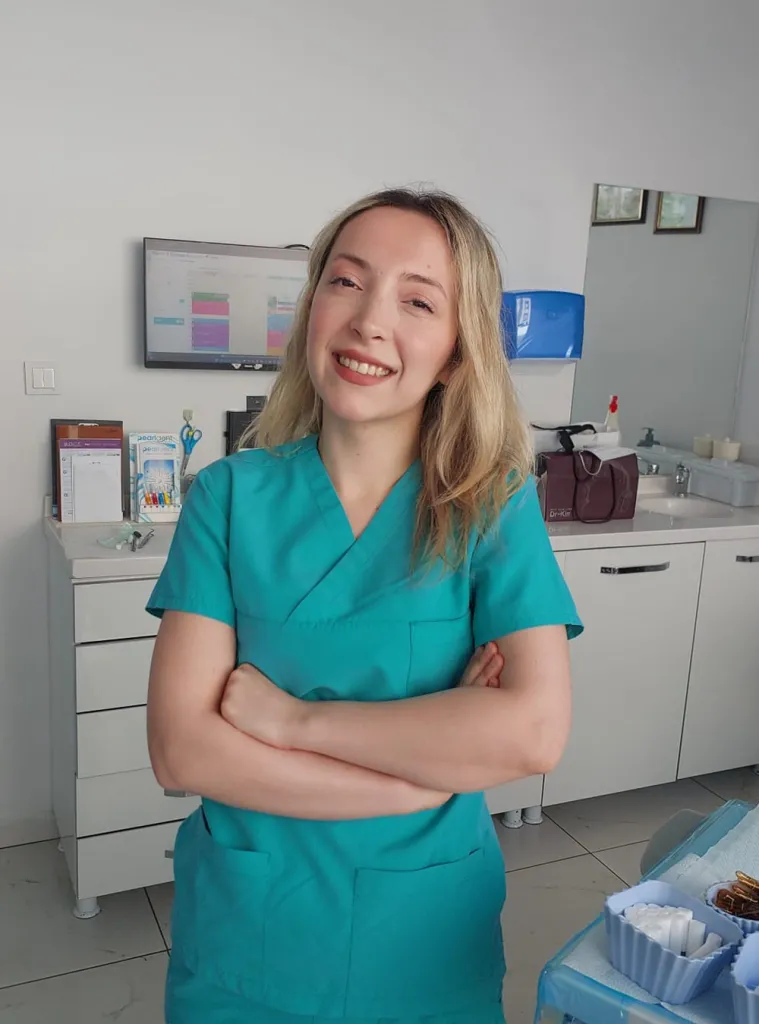

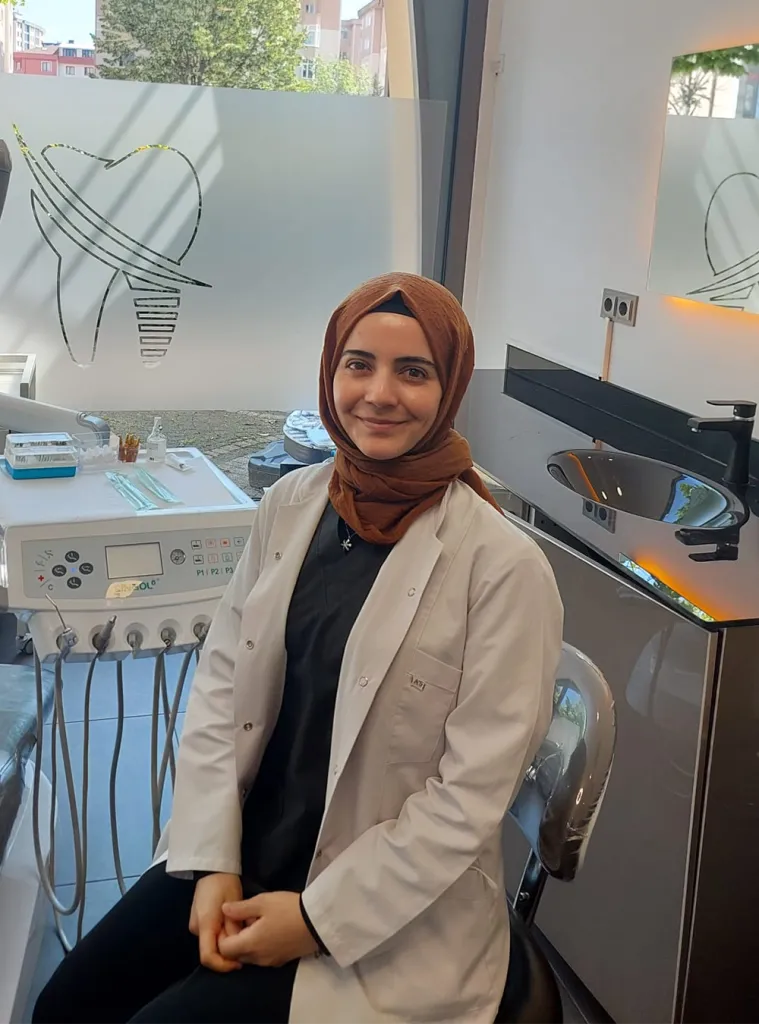
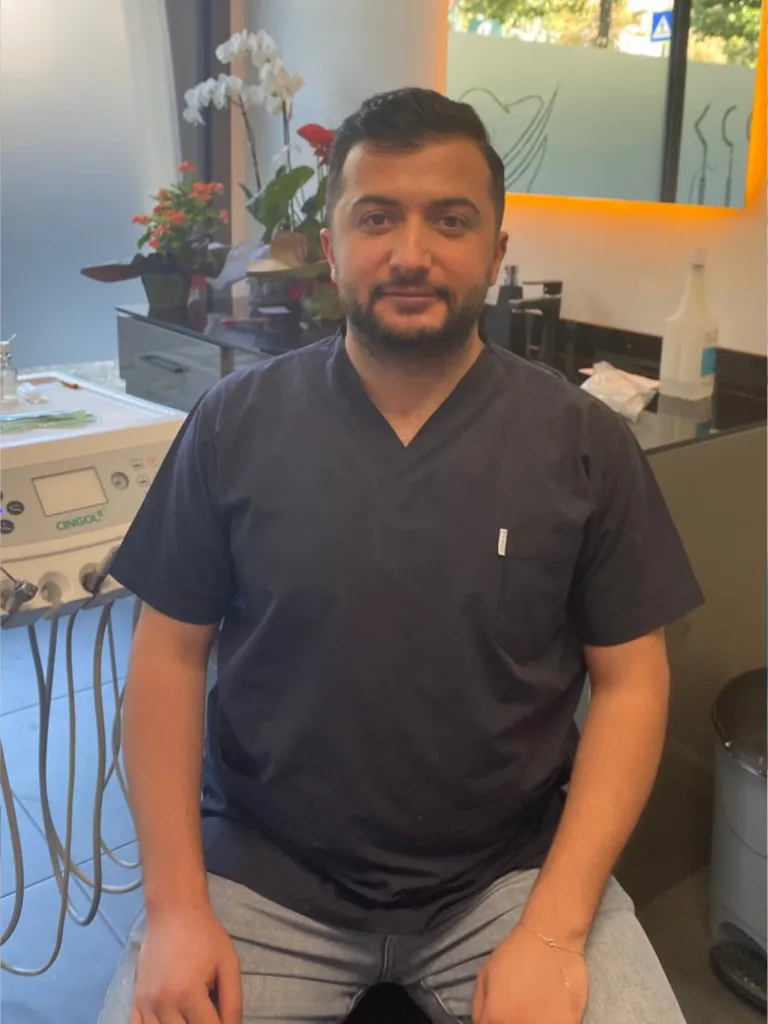

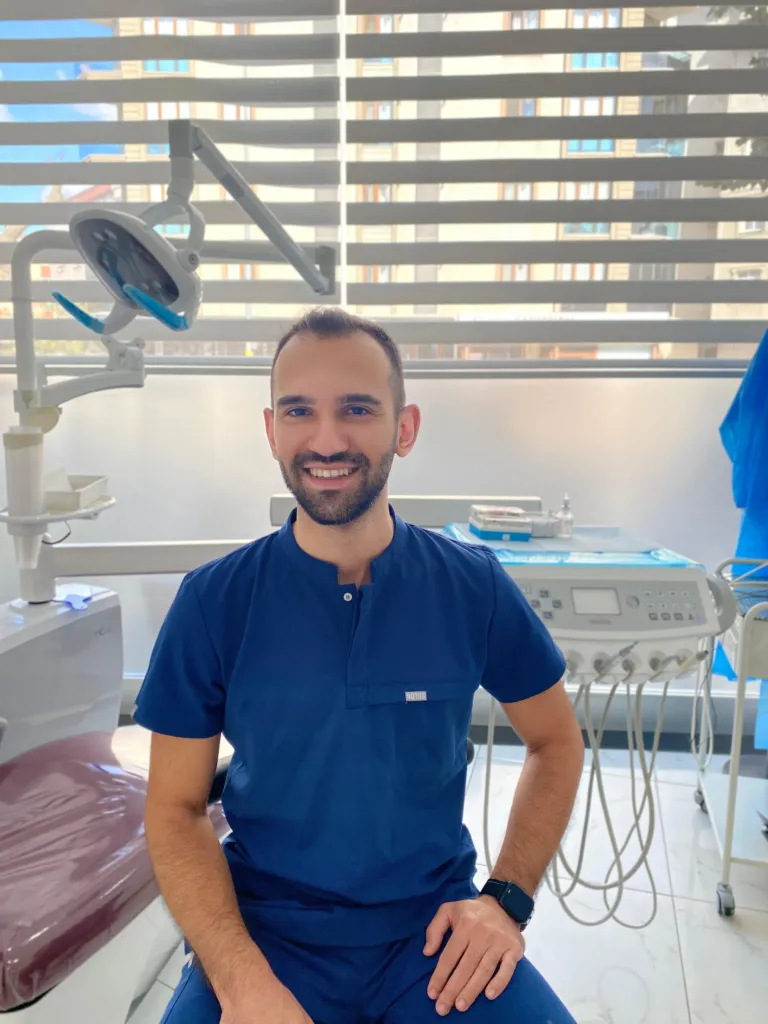
20Frequently Asked Questions
How many days does the pain last after a wisdom tooth extraction?
Mild pain and sensitivity may be felt for the first 2–3 days. This is normal and will subside within a few days. If the pain lasts longer than 5 days, you should consult your dentist.
How can you tell if a socket is dry?
Dry socket occurs when the clot formed after extraction dislodges. It manifests itself with severe pain, a bad taste, and sometimes bad breath. In such a case, dental intervention is required.
When can I eat after having my wisdom teeth removed?
You should not eat for the first 2 hours, then soft and warm foods should be preferred. Avoid hard, hot, or spicy foods.
When are the stitches removed?
Sutures are usually removed within 7–10 days. However, in some cases, dissolvable sutures may also be used.
How many days does the swelling take to go down?
The swelling usually begins to subside within 2–3 days and disappears completely within a week. Applying a cold compress speeds up the process.


